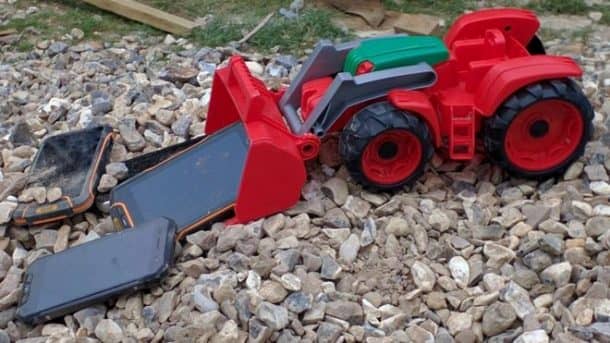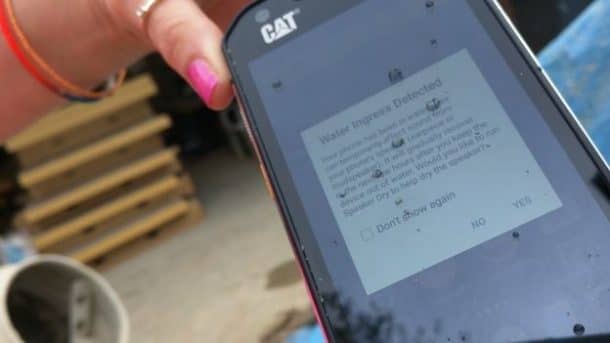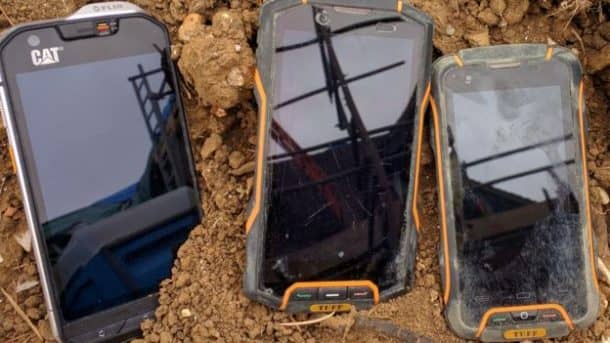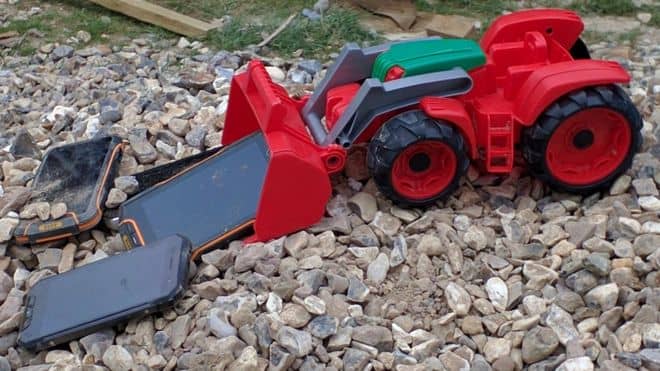While most of us are careful with our phones like using protective glass and covers, however, some outdoorsy people and construction workers are not so lucky to keep their smartphones safe and sound. Tuffphones, a British company, has come up with a solution. They recently unveiled a series of hard-wearing handsets to enter the market of the rugged phones. They introduced an extra-durable range of Android devices.
Cat and De Walt are major construction companies that released similar durable handsets. Bullitt Group and Jaguar Land Rover have also released a statement that they will collaboratively unveil a smartphone having a “combination of durability and elegance” in 2017.

Tuffphones are being produced in Shenzhen with the price ranging from £228 to £389. These phones come with thicker screens made of Gorilla glass that make them both water and dust resistant. But there is one problem, none of these phones work on the latest recommended Android software like Marshmallow and Oreo.
The £288 Tuffphone 400 with 4G was tested by BBC at a construction site. After being submerged in water for several minutes, it could still receive calls. It could still receive calls and get connected to 4G after a tumble in the cement mixer of sand or even after dropping it from a height of more than 2 meters. However, the manufacturer warned that the phone would not survive “a direct blow from a hammer.”
These hard-wearing devices were then subjected to more rigorous testing. In the end, the Tuffphone screen was scratched, and it vibrated for several minutes. However, it was still functional; making calls and getting online. Many of the new smartphones like the Samsung Galaxy S7 are also waterproof, but Galaxy S7 cannot receive calls underwater. The £529 Cat S60 has additional features like thermal imaging, water-resistance, and sand-resistance.

The rugged phone market is an emerging one, says Ben Wood, an analyst.
“It’s the long tail of the smartphone market, there are so many little niche opportunities that exist and that’s where these guys are playing,” he said.
This begs the question that why don’t we buy a protective case for our handset? Well, just because it provides an “all-in-one” solution. Since the handsets are bigger and bulkier, they can accommodate bigger batteries that mean longer battery lives.
“People want a good sustainable battery and most people when they’re using a smartphone today find they struggle to get through the day. People in construction want to have access to email, a good camera, they need to look at plans,” he said. “They need a smarter phone, a bigger screen.”
Still, a completely invincible phone has not been made yet.
“Different types of glass, different types of materials, different designs will offer you a certain amount of rugged capability but make no mistake, any device will break if you really want to break it,” said Wood.

So if you are the outdoorsy or adventurous type or if you are a civil or construction engineer, this is your type of a phone. Let us know about your views in the comments’ section below.


